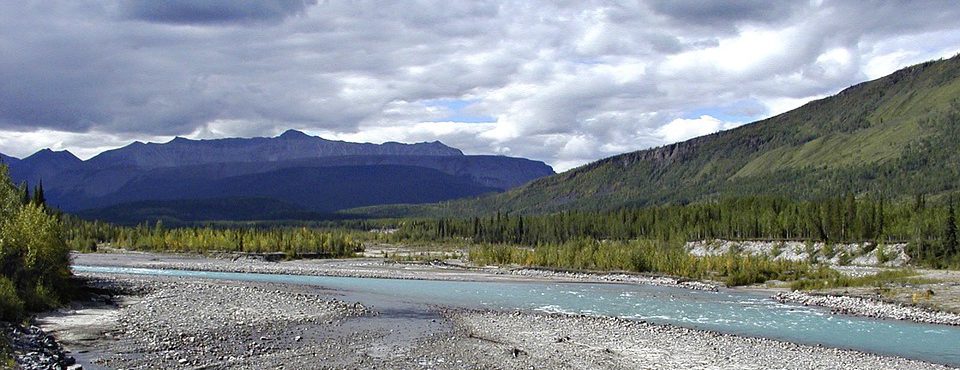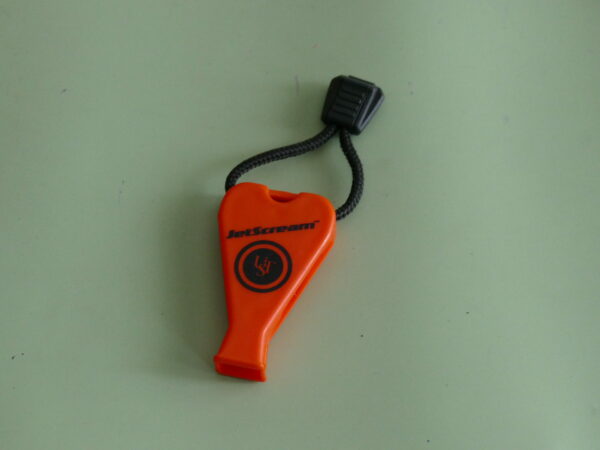The First Survival Kit
This is What to Put in Your Survival Kit. These classic tools and things, belong in every survival kit, and will increase your odds of getting back home safely.
The question of, “What to put in your survival kit?”, has intrigued bushmen, mountain men, and modern-day adventurers, for decades. The concept of having essential tools, and things, to assist in your survival of an extended, or emergency stay, in the wilds of Nature, is a topic as explosive as suggesting, … what is the best knife?
A survival kit, as I understand it, based on decades of outdoor experience, is as follows. My survival kit, is exact set of tools and things, that I carry with me, at all times, to assist me in a safe and pleasant experience, in the bush, in the mountains, or along the rivers, that I backpack, camp in, fish, hike, hunt, or photograph.
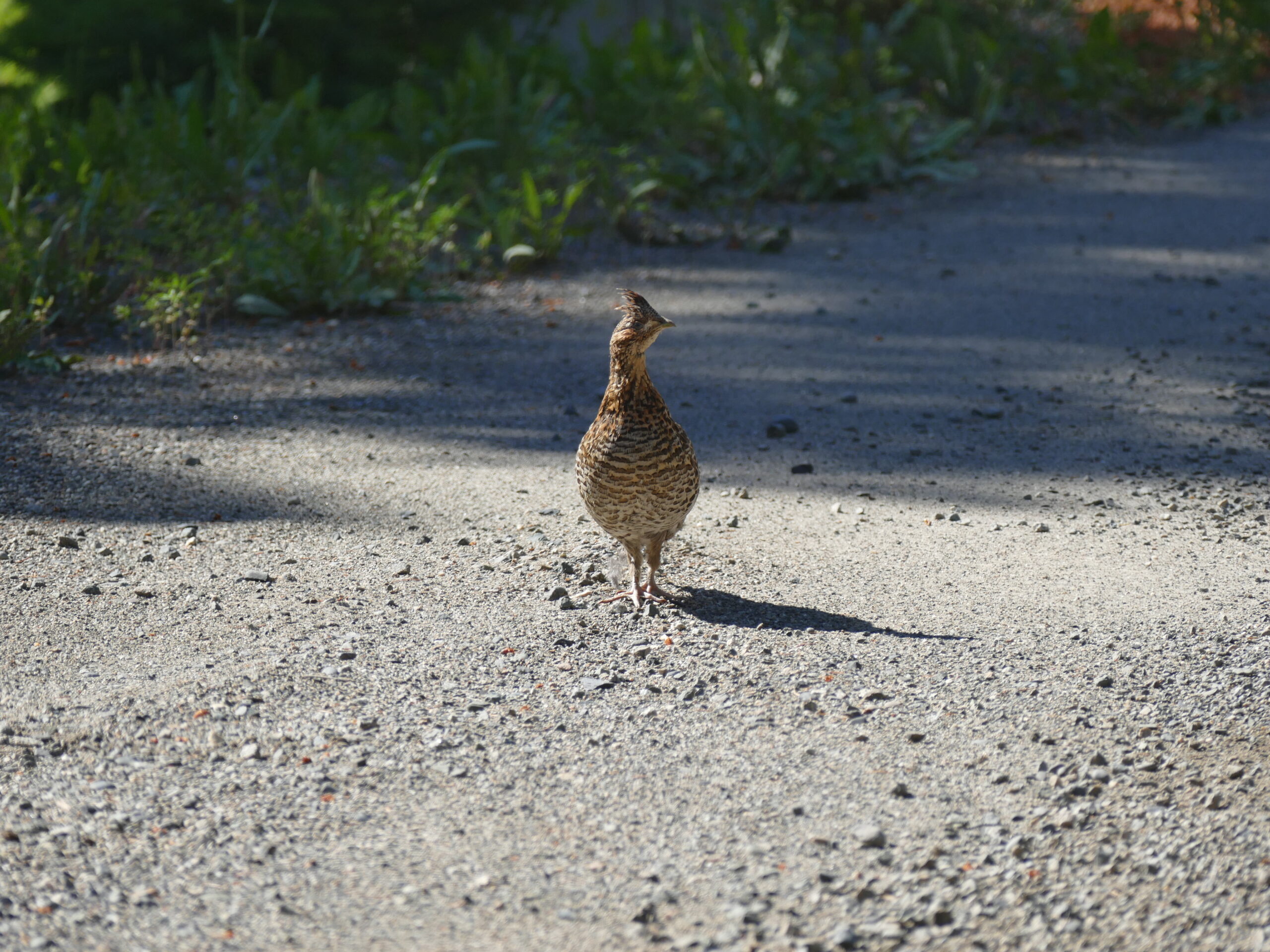
What to Put in your Survival Kit?
Let me begin with our primary needs of food, clothing, and shelter. Healthy, and even not so healthy, human beings, can live for days, and weeks, without food, for less than 3 days without water, depending on how hot or dry the climate is, where you are in distress. Same applies for clothing and shelter. If you have just fallen through the ice, and somehow managed to get yourself back onto the ice surface, you don’t need water, you need to get yourself near s sheltered fire.
Regardless of your situation, water is an absolute necessity. This principle applies whether we are in a dry or wet climate. Our bodies contain approximately 60% water, according to the H.H. Mitchell, Journal of Biological Chemistry 158, so water is important, in fact it is an absolute must, regardless of where you live, work, or play.
The Ultimate List
Since food, clothing, and shelter, are the essentials for survival, I use them as a basis to define and build my list. I want to stress that the ultimate list is not about having the best knife, the best compass, or the best boots. my list of items are what I consider essential, is I had to survive a disaster, or emergency, in the wilderness.
1. Shelter
I always place shelter near the top of my survival kit list.
Shelter from the elements is essential for maintaining proper core temperature for your body. Any shelter, that can protect you from the Cold, the Rain, the Wind, or the Snow, is your best bet to surviving your first night in the wilderness, if you are injured, lost, or unable to make it back to your camp, house, or vehicle.
Your first night will be the most difficult, especially psychologically, if you had not planned an overnight stay, and even more so if you are alone.
As soon as you realize that you’re not going to make it back, and especially if you are injured, begin immediately constructing your shelter.
I prefer to construct shelters with a tarp because for me, I already thinking about my fire. This is because I have spent many rainy and windy nights, alone in the bush. What I am saying, is, that experience is your best teacher. Do not leave it to the last minute, even if you have a quality headlamp in your kit. It gets very dark, very quickly, in a forest.
There are many ways to build a shelter with a tarp, and I do this in concert with the surrounding environment I am in, and that I have chosen. Tie a strong piece of rope between 2 trees, throw your tarp over this rope, and tie down the 4 corners of your tarp to the ground, … and Bob’s your uncle!
Sounds easy, and it is, after a bit of practice. Do not attempt this in a windy area.
I do suggest that you give this a try on a nice sunny day when conditions are at their best. The more you practice, the better you will get at it.
If you are new to overnight in the bush, I suggest that you also carry a commercial shelter. There are many fine, inexpensive examples, that will make your stay more bearable and safe.
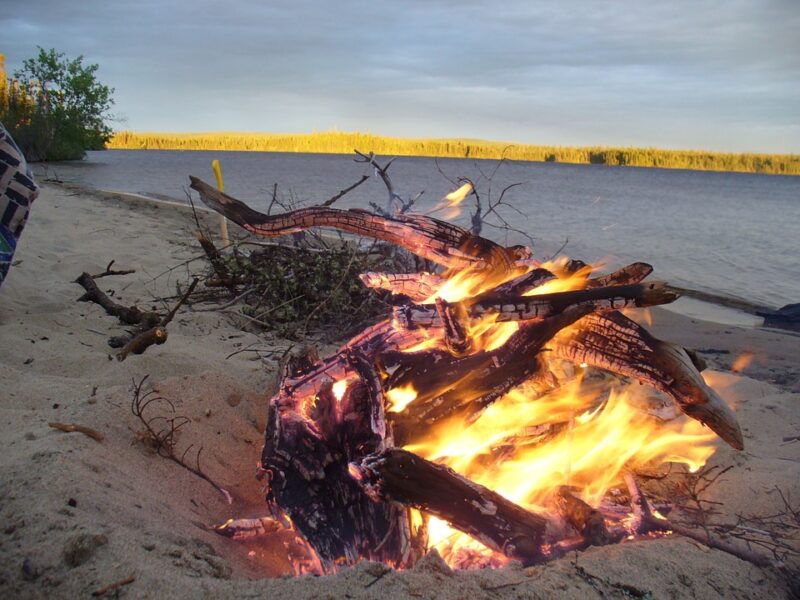
2. Fire
Your ability to get a fire started, under all conditions, is a must, that you have to learn and master. Ferro-rods are the new “matches”. The sparks emitted from a ferrocerium rod are in the neighbourhood of 5400 degrees Fahrenheit.
Old-fashioned “Bic-style” lighters are another option. I prefer the see-through ones, for the ability to see the amount of fuel remaining. 2 firestarters are always better than 1.
Lightweight and an absolute must!
2 Bic lighters, one wrapped in duct tape complete with 1 sewing needle, 1.4 ounces.
3. Knives, Axes, and Saws
A Knife of excellent quality is another tool that any mountain man, or bushman, never leaves home without. Call yourself whatever you want, and I will respect you for how you want to be addressed.
One fixed blade, and a second folding blade, in my opinion. is well prepared. I want to stress quality and include a sharpener and whetstone.
4. Pots and Pans
Pots and Pans are the tools for gathering and boiling water, and for cooking your food.
As a survival kit item, I restrict this category to 1 clear, 1-litre, Nalgene bottle, and a SnowPeak titanium pot. The water bottle nestles perfectly into this pot, for an effective 2-piece system. Total weight, when the water bottle is empty, 9.8 ounces.
I always carry a LifeStraw. They are lightweight and inexpensive, and worth their weight in gold.
My 1-litre Nalgene water bottle, full to the brim, weighs 2 pounds, 12.8 ounces. This is more than 1 litre.
5. Rope, String, and Tape
Paracord is the classic hero. Combined with Quality Duct Tape, you have a winning combination that is hard to beat, and that can repair just about anything. Let your imagination run wild.
6. Headlamp
The headlamp is superior to the flashlight in the sense that it frees your hands for other tasks. There are so many headlamp models on the market, that it becomes a matter of personal choice and how much you are willing to pay. 1 average headlamp, including batteries, 3.9 ounces.
Having said that, quality flashlights offer superior illumination and are an excellent backup to the headlamp.
Do not forget extra batteries. Unless you are 100% sure that your flashlight or headlamp will not turn on in your pack, and burn themselves out, remove them and keep them protected against damage and moisture.
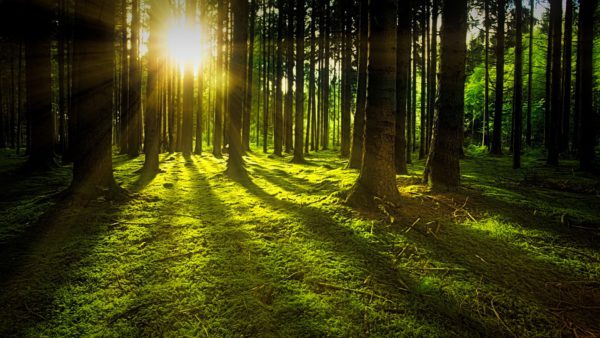
7. Map and Compass
Every survival kit should have a compass. Learn how to use your compass.
A map and compass combination is only useful when you know where you will be backpacking, camping, or hiking. Carrying a map of any area other than the area you are in is of little use to anyone.
8. First Aid
A small First Aid kit is a necessity, however, your knowledge of first aid, and your ability to act early, and effectively in an emergency situation, is much more important than the kit itself.
It’s not practical, and necessary, to carry bags of First Aid Supplies, every time you leave the house. Stick to the basics, and get some training.
9. Tools
Tools are the useful additions that I toss into a small pouch. A whistle, needle and thread, extra batteries, a small container of fishing tackle, fishing line, and all such stuff that is lightweight, small, and multi-functional. Experience and time will guide your decisions here. Leave the kitchen sink at home, and don’t make this a bag of junk.
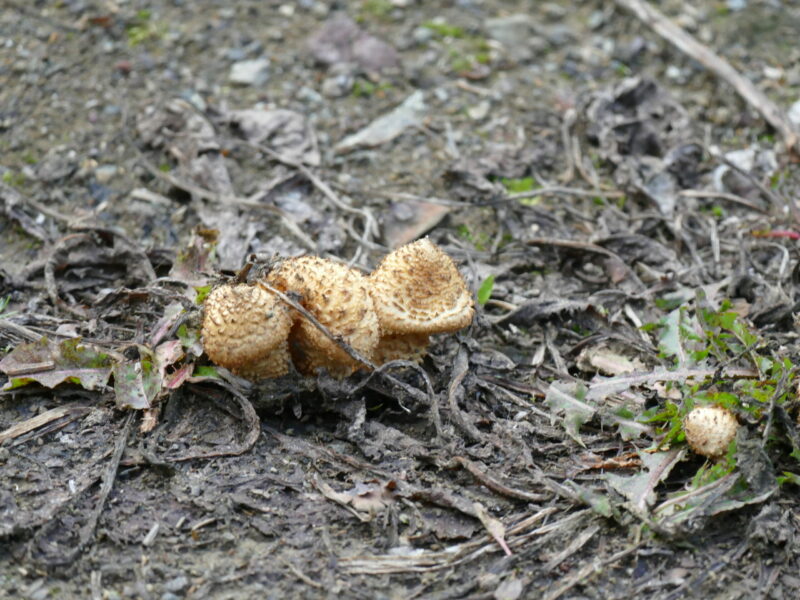
10. A backpack
There is no point in building a survival kit if you don’t have it with you. Throw in some extra clothes to accommodate the season. Keep your survival kit items in their own container or pouch for better organization and use when needed.
Some things to Consider
No one knows when the first survival kit was created, but I suspect that it may have been a pouch of animal skin used for carrying food and water.
I would love to hear your thoughts on survival kits. If you have any comments, questions, or suggestions, you can Contact Me at this link.
Stay safe and Enjoy!

